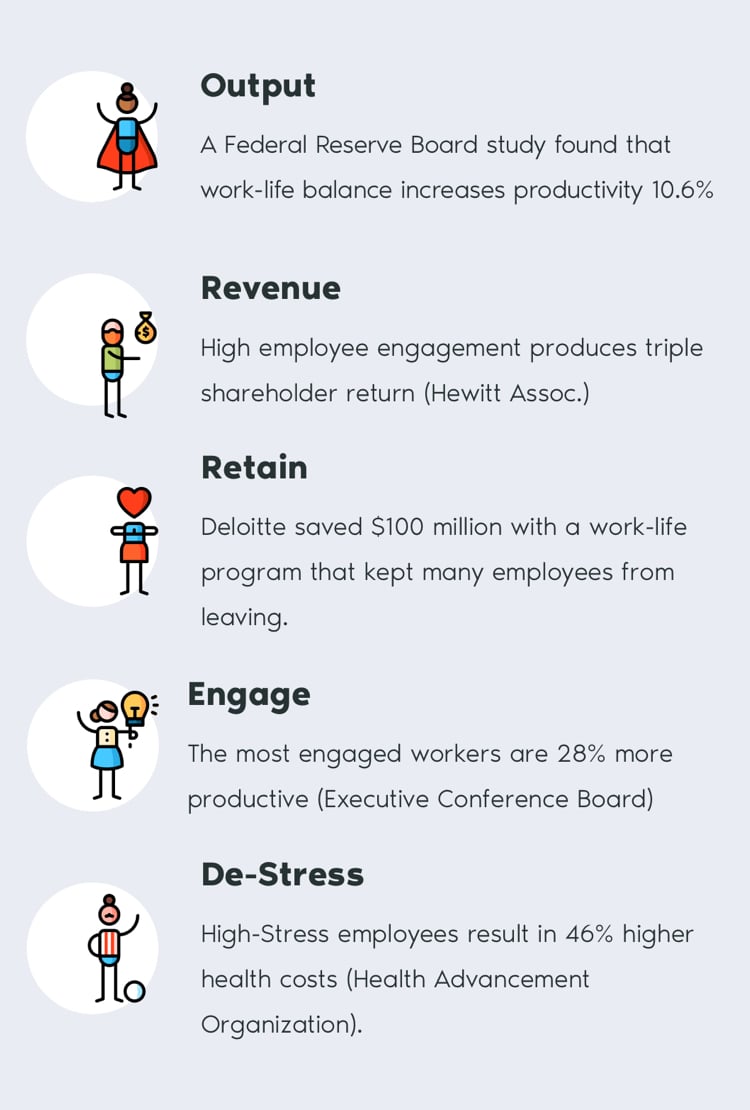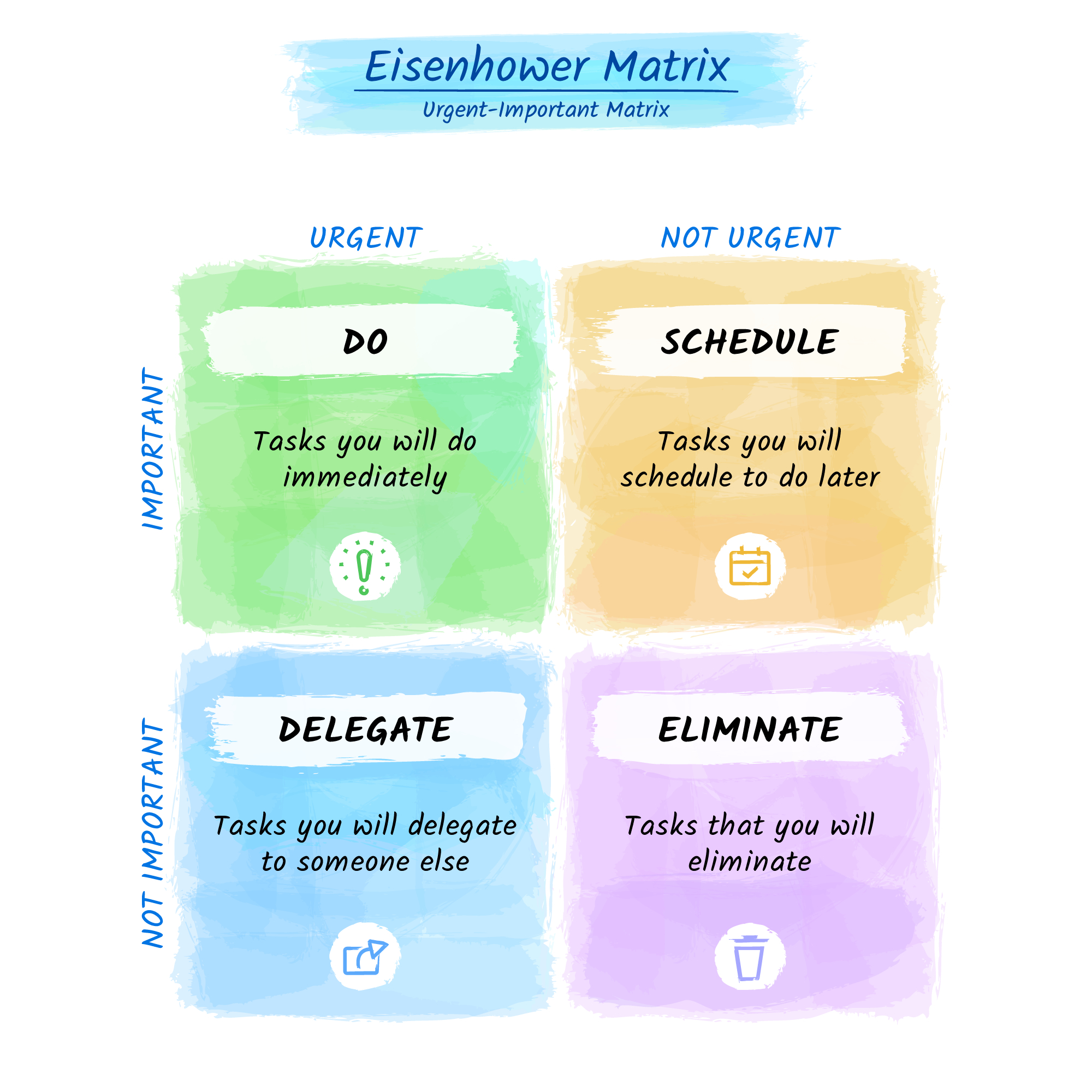Prioritize Your Time to Create Work-Life Balance
In order to achieve a healthy work-life balance and wellness, it is crucial to prioritize your time effectively. This involves deciding what tasks and activities are most important to you and allocating your time accordingly. By organizing your time properly, you can focus on the things that truly matter and prevent yourself from becoming overwhelmed or burned out.
To manage your time effectively, start by identifying your goals and what needs to be accomplished. Make a list of tasks or activities in order of importance and urgency. Once you have a clear understanding of what needs to be done, allocate specific blocks of time for each task.
It is also important to learn how to say no to unnecessary commitments or requests that do not align with your priorities. Understand that it is okay to turn down certain obligations in order to protect your own personal time.
By putting your own time first, you can ensure that you are dedicating enough attention and energy to both work and personal life. This will help you stay focused, reduce stress levels, and maintain a healthy work-life balance.
 Source: static.wixstatic.com
Source: static.wixstatic.com
Set Boundaries for Work-Life Balance
Setting boundaries is essential to maintaining a healthy work-life balance. By defining and communicating clear limits, individuals can establish expectations for themselves and others regarding their time, energy, and availability. This allows them to prioritize their personal well-being and avoid becoming overwhelmed or burned out.
To set boundaries effectively, individuals should first identify their needs and goals in both their work and personal lives. They can then establish specific guidelines for when they will be available for work-related tasks and when they need to focus on personal activities or relaxation. This may involve setting designated work hours, turning off notifications outside of those hours, or even creating physical boundaries such as designated workspaces.
Additionally, it is important to communicate these boundaries with colleagues, supervisors, friends, and family members. By clearly expressing one’s limitations and needs, others can better understand and respect them. It is crucial to assertively enforce these boundaries by politely declining requests that fall outside of the established parameters.
Setting boundaries allows individuals to protect their time and energy while ensuring that they have the space to engage in meaningful personal activities. It helps them create a healthy separation between work and personal life, leading to increased productivity and overall well-being. [3][4]
 Source: www.eworklife.co.uk
Source: www.eworklife.co.uk
Practice Self-Care for Work-Life Balance
Taking care of oneself is crucial for maintaining a healthy work-life balance. In the midst of juggling multiple responsibilities, it is important to prioritize self-care to ensure physical, mental, and emotional well-being. By making self-care a priority, individuals can replenish their energy levels, reduce stress, and increase overall happiness.
Self-care practices can vary from person to person, depending on individual preferences and needs. It can include activities such as exercising regularly, getting enough sleep, eating nutritious meals, and taking breaks throughout the day. Engaging in hobbies or activities that bring joy and relaxation is also essential.
Incorporating self-care into daily routines requires intentional effort and commitment. Setting aside dedicated time for self-care activities helps individuals recharge and rejuvenate. It is important to establish boundaries around personal time and prioritize one’s own needs without feeling guilty or selfish.
Remember that practicing self-care is not only beneficial for individuals but also contributes to their productivity and effectiveness in various aspects of life. Taking care of oneself allows for improved focus, concentration, and overall well-being. So make sure to carve out time for self-care amidst the demands of work and personal obligations. [5][6]
 Source: blog.fetch.com
Source: blog.fetch.com
Create a Schedule to Maximize Work-Life Balance
Creating a schedule is an essential step in achieving a healthy work-life balance. By carefully planning and organizing your time, you can ensure that both your work obligations and personal life activities are given the attention they deserve.
When creating a schedule, it’s important to prioritize your tasks based on their importance and urgency. Start by identifying your most critical work tasks and allocate specific time slots to focus solely on these tasks. This will help you stay focused and productive during designated work hours.
Additionally, make sure to set aside dedicated time for personal activities and leisure. Whether it’s spending quality time with loved ones, pursuing hobbies, or simply taking some time for self-care, scheduling these activities will help maintain a sense of balance between work and personal life.
Consider using productivity tools such as calendars or task management apps to keep track of your schedule effectively. These tools can help you stay organized, manage deadlines, and ensure that you don’t overlook any important commitments.
Remember, flexibility is key when creating a schedule. Be open to making adjustments as needed to accommodate unexpected events or changes in priorities. Finding a balance between structure and adaptability is crucial for maintaining an effective schedule that supports both your professional and personal goals.
In conclusion, creating a well-planned schedule allows you to allocate time efficiently between work and personal life commitments. This promotes productivity, reduces stress, and helps you achieve a healthy work-life balance. [7][8]
 Source: cdn2.hubspot.net
Source: cdn2.hubspot.net
Delegate and Outsource
Delegating tasks and outsourcing certain responsibilities is a key strategy for achieving a healthy work-life balance. By effectively sharing the workload, you can free up valuable time and energy to focus on the things that truly matter to you.
When it comes to work, consider delegating tasks to your team members or colleagues who have the skills and expertise to handle them. This not only lightens your load but also empowers others by giving them opportunities to grow and contribute.
Additionally, outsourcing certain tasks can be a game-changer. For example, hiring freelance professionals or utilizing virtual assistants can help with administrative work, social media management, or other time-consuming activities. This allows you to focus on more important priorities or allocate time for personal activities.
Remember, delegating and outsourcing doesn’t mean relinquishing control. It’s about strategically assigning tasks to others who can handle them efficiently while still maintaining oversight and communication.
By delegating and outsourcing, you can create more space in your schedule for both work and personal life activities, reducing stress and increasing overall satisfaction with your daily routine. [9][10]
 Source: snacknation.com
Source: snacknation.com
Stay Organized to Maximize Work-Life Balance
Staying organized is an essential factor in achieving a healthy work-life balance. When you have a clear plan and structure in place, you can better manage your time and responsibilities, reducing stress and increasing productivity.
To stay organized, start by creating to-do lists or using digital tools like project management software to keep track of tasks and deadlines. Prioritize your tasks based on importance and urgency, allowing you to focus on the most critical ones first.
Another helpful strategy is to establish a clutter-free workspace. Organize your physical and digital files in a way that makes them easily accessible. This not only saves time but also creates a sense of calm and clarity in your working environment.
Additionally, practicing good time management techniques can greatly contribute to staying organized. Set specific times for different activities throughout the day, such as checking emails or taking breaks. By sticking to a schedule, you can ensure that you allocate sufficient time for both work-related tasks and personal activities.
By staying organized, you create a foundation for efficiency, effectiveness, and balance in both your professional and personal life. [11][12]
 Source: helpfulprofessor.com
Source: helpfulprofessor.com
Stay Flexible
Finding work-life balance requires flexibility. Being able to adapt and adjust your schedule and priorities as needed can help you navigate the demands of both your work and personal life effectively. Staying flexible allows you to handle unexpected situations, accommodate changes, and prevent burnout.
Flexibility means being open to new ideas and approaches. It involves recognizing that circumstances may change, and being willing to modify your plans accordingly. If a work deadline is looming but a family emergency arises, being flexible allows you to temporarily shift your focus to address the situation without feeling overwhelmed or guilty.
It’s also important to remain adaptable when it comes to your own needs and desires. This might mean adjusting your work hours to attend a child’s event or rescheduling a personal commitment to meet an urgent work requirement. By maintaining flexibility, you create space in your life for spontaneity and serendipity, allowing you to seize opportunities that contribute to overall well-being.
Remember that staying flexible does not mean sacrificing boundaries or neglecting self-care. It’s about finding creative solutions that honor both work and personal responsibilities without compromising either. By embracing flexibility, you can find harmony between your professional obligations and personal aspirations. [13][14]
 Source: fjwp.s3.amazonaws.com
Source: fjwp.s3.amazonaws.com
Connect with Others
Connecting with others is an essential aspect of achieving work-life balance. Building strong relationships and fostering social connections can help alleviate stress, provide emotional support, and promote overall well-being. It is important to prioritize and make time for meaningful interactions with friends, family, and colleagues.
One way to connect with others is by scheduling regular social activities or outings. This could be as simple as meeting a friend for coffee or organizing a group workout session. By making these connections a priority in your schedule, you can create opportunities for laughter, relaxation, and sharing experiences.
Additionally, embracing networking opportunities within your professional circle can also contribute to a balanced life. Engaging with like-minded individuals in your field can provide valuable insights and support while expanding your professional network.
Remember that connecting with others doesn’t have to be limited to face-to-face interactions. Utilize technology to stay connected with loved ones who may live far away or seek out online communities that align with your interests or hobbies.
By making an effort to foster connections with others, you not only enhance your social well-being but also create a support system that can help you navigate the challenges of both work and personal life. [15][16]
 Source: www.talkspace.com
Source: www.talkspace.com
Manage Stress
Managing stress is crucial for achieving a healthy work-life balance. High levels of stress can negatively impact both physical and mental well-being, leading to burnout and decreased productivity. Fortunately, there are several effective strategies to manage and reduce stress.
One key approach is practicing self-care. Engaging in activities that promote relaxation and rejuvenation, such as exercise, meditation, or hobbies, can help alleviate stress and provide a much-needed break from work responsibilities.
Setting boundaries is another essential aspect of stress management. Establishing clear limits around work-related tasks and ensuring time for personal life can help prevent feeling overwhelmed. This may include setting specific work hours, turning off notifications during non-work hours, and prioritizing self-care activities without guilt.
Additionally, utilizing effective time management techniques can significantly reduce stress. Breaking tasks into manageable chunks, prioritizing deadlines, and avoiding procrastination can help minimize last-minute rushing and decrease feelings of stress.
Seeking support from friends, family, or a professional therapist can also be beneficial in managing stress. Talking about worries and concerns with someone you trust can provide emotional relief and fresh perspectives.
In conclusion, managing stress is crucial for achieving a balanced lifestyle. By incorporating self-care practices, setting boundaries, implementing effective time management techniques, and seeking support when needed, individuals can effectively cope with stress and improve their overall well-being. [17][18]
Find Work-Life Balance
Finding work-life balance is essential for achieving overall well-being and living a fulfilling life. It involves effectively managing the demands of both work and personal life, ensuring that neither one overshadows the other. By striking a harmonious balance between these two aspects, individuals can experience reduced stress levels and increased satisfaction in both areas.
To find work-life balance, it is important to prioritize time. This means allocating dedicated time for work-related tasks as well as activities that bring joy and fulfillment outside of work. Setting boundaries is also crucial; individuals should establish clear limits around work hours and personal time to prevent burnout and maintain a healthy separation between the two.
Practicing self-care is another key component of finding work-life balance. Taking care of one’s physical, emotional, and mental well-being ensures that individuals have the energy and resilience to thrive in all areas of life. This can include engaging in regular exercise, practicing mindfulness or meditation, and pursuing hobbies or activities that bring joy.
Furthermore, creating a schedule that reflects personal priorities can help individuals achieve better work-life balance. By identifying core values and setting goals, individuals can align their daily activities with what truly matters to them.
Ultimately, finding work-life balance requires conscious effort and ongoing adjustments. It may involve seeking support from loved ones or even considering career changes if necessary. The key is to continuously evaluate and prioritize what brings true fulfillment in order to achieve a meaningful and balanced life. [19][20]



